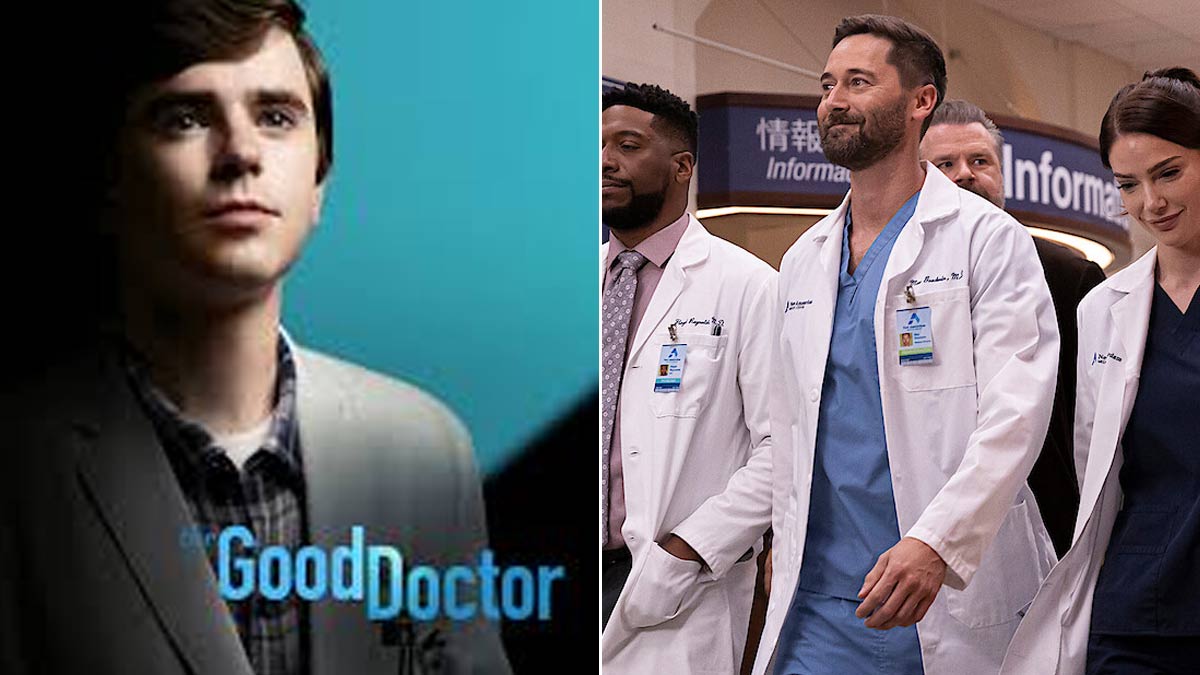
Medical dramas have long captivated audiences worldwide, offering a mix of intense medical cases, emotional character arcs, and gripping storylines. Among the most notable are Grey’s Anatomy and The Good Doctor, two shows that delve deep into the world of medicine but through very different lenses. While both series highlight the challenges and triumphs of being a doctor, they differ significantly in tone, storytelling, and character development. This article will explore these differences, examining what makes each show unique and why audiences continue to be drawn to them.
1. The Premise: A Tale of Two Perspectives
Grey’s Anatomy, created by Shonda Rhimes, premiered in 2005 and follows the lives of surgical interns, residents, and attending physicians at Grey Sloan Memorial Hospital. The show focuses heavily on both the professional and personal lives of its characters, with a significant emphasis on romance, friendships, and personal growth. Over the years, Grey’s Anatomy has become known for its dramatic twists, emotional depth, and long-standing character arcs.
In contrast, The Good Doctor, which premiered in 2017 and is based on a South Korean series of the same name, presents a different take on the medical drama. The show follows Dr. Shaun Murphy, a young surgical resident with autism and savant syndrome, as he navigates the challenges of working in a prestigious hospital. Unlike Grey’s Anatomy, which features a large ensemble cast and multiple storylines, The Good Doctor centers on Shaun’s journey, exploring themes of neurodiversity, acceptance, and overcoming societal biases.
2. Character Development: Ensemble vs. Focused Narrative
One of the most striking differences between the two shows is their approach to character development. Grey’s Anatomy boasts a vast ensemble cast, with dozens of characters introduced over its many seasons. The show’s longevity allows for deep character exploration, with viewers forming strong emotional connections to characters like Meredith Grey, Alex Karev, and Cristina Yang. The relationships, breakups, and personal struggles of these characters are just as important as the medical cases they handle.
The Good Doctor, on the other hand, revolves primarily around Shaun Murphy. While the series has a supporting cast, Shaun remains the focal point, with much of the storyline dedicated to his growth as both a doctor and an individual. The show’s portrayal of autism in a medical setting is a defining feature, making it a compelling and unique take on the genre.
3. Medical Accuracy and Drama: Realism vs. Emotional Impact
Both Grey’s Anatomy and The Good Doctor incorporate medical cases that range from the routine to the extraordinary. However, Grey’s Anatomy is known for its heightened drama, with major disasters, shocking deaths, and improbable medical scenarios that keep viewers on edge. While the show does strive for medical accuracy, its focus is often on the personal drama of the doctors rather than strict realism.
The Good Doctor takes a more grounded approach, often emphasizing the science behind medical conditions and treatments. Shaun’s unique way of thinking allows the show to present cases from a fresh perspective, highlighting innovative problem-solving techniques. While drama is still present, it is typically more restrained compared to the rollercoaster ride that is Grey’s Anatomy.
4. Themes and Social Issues: Different but Important Messages
Both shows address important social issues, but in different ways. Grey’s Anatomy tackles a wide range of topics, from racial and gender equality to LGBTQ+ representation and mental health. Over the years, it has featured groundbreaking storylines that reflect real-world challenges, making it a socially conscious series.
The Good Doctor places a strong emphasis on disability representation, particularly in how society perceives and treats individuals with autism. The show explores biases, misconceptions, and the struggles of someone who thinks differently in a high-pressure environment. While it also addresses other social issues, its core message revolves around acceptance and the idea that intelligence and capability come in many forms.

5. Longevity and Cultural Impact
With over 20 seasons and counting, Grey’s Anatomy has cemented itself as one of the longest-running and most influential medical dramas of all time. Its legacy is unparalleled, with a devoted fanbase and cultural references that have permeated everyday conversations. The show has inspired countless young people to pursue careers in medicine and has left an indelible mark on television history.
Though The Good Doctor is still relatively young in comparison, it has gained widespread acclaim for its representation of autism and has sparked important conversations about neurodiversity in the workplace. It has found success in multiple countries and continues to be a show that resonates with viewers on a deeply emotional level.
Conclusion: Which One Is Better?
The answer to this question ultimately depends on what you’re looking for in a medical drama. If you enjoy high-stakes drama, long-running character arcs, and a mix of romance and medicine, then Grey’s Anatomy is the show for you. If you prefer a more focused, character-driven narrative that challenges societal perceptions and presents a unique perspective on the medical field, then The Good Doctor is a must-watch.
Both shows bring something special to the table, proving that the medical drama genre is vast and ever-evolving. Whether you’re a fan of the emotional rollercoaster that is Grey’s Anatomy or the inspiring journey of The Good Doctor, one thing is certain—both series have made an undeniable impact on television and will continue to be talked about for years to come.
